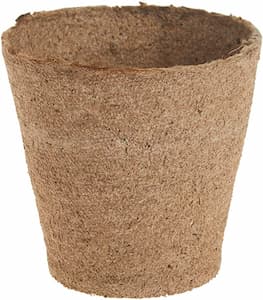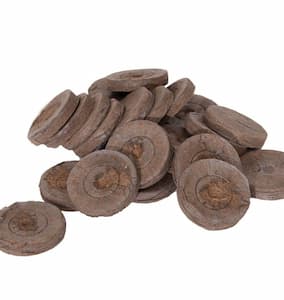Peatlands and Spaghnum Peat Moss
About Peatlands
Peatlands are developing ecosystems, where spaghnum moss and other vegetation grow in bogs and decompose over long periods of time. The bog slowly fills with decomposed and partially decomposed material. Largely consisting of spaghnum moss, the resulting peat moss is highly valued in horticulture and home gardens. It is a natural and organic soil conditioner, and plant growing medium. And, it is used to make peat pots and peat pellets.
The bogs where peatlands develop and grow can be as old as 7,000 to 12, 000 years. They are lakes or ponds where rain or groundwater collects. Vegetation, largely mosses, grow and ever so slowly fill the bog. The decomposing sphagnum moss can be 15 to 20 feet in depth or more!
It is estimated that 30 – 50% of the world’s wetlands are peatlands. Canada has over 70,000 hectares of peatlands. Canadian peatlands are highly valued, as they are largely pristine and untouched by civilization and pollutants.
Peatlands are slow-growing, just 0.5 to 1 mm a year. Yet, Canadian peatlands produce an estimated 70 million tons of peat per year! Annual harvesting is just 1 million tons per year. So, much more peat is created than consumed.
Did You Know? Less than 0.2% of peatlands in Canada are currently being harvested for peat moss.
In addition to being a valuable resource for sphagnum peat moss, peatlands also function as:
Water filtration
Water storage
carbon storage
an environment for fauna and flora biodiversity
It can take 20-30 years to completely harvest a bog. At the end of the harvest cycle, they leave a few feet of peat for redevelopment. Bog restoration is a policy of the Canadian Peat Industry. Firms harvesting peat moss in Canada, generally restore a bog, so it begins the cycle of creating peat once more. The exceptions to this procedure, are for areas where local residents have planned other uses for the peatland (like farming).
Peat moss largely consists of spaghnum moss, sedge, grasses, and other mossy plants. More on Peat Moss

Peat pots are made from sphagnum peat moss, compressed into round or square pots of varying sizes, from 2 -1/2 inches to 5 inches in diameter. The pots are organic and porous, yet strong enough to hold seed starting soil and your young seedlings. At planting time, transplant seedlings in the pot right into the garden, minimizing transplant shock. Roots will easily grow through the pots.

Peat pellets – are compressed peat held together in a string-like mesh sack. Add water and it expands. These pellets are popular for their ease of use. They also minimize transplant shock.
Related Articles
Please support our site. Shop for:
- rmmatthews100@hotmail.com
- 585-721-6528
- Rochester, NY
©1999-2024 GardenersNet.Com, All Rights Reserved

